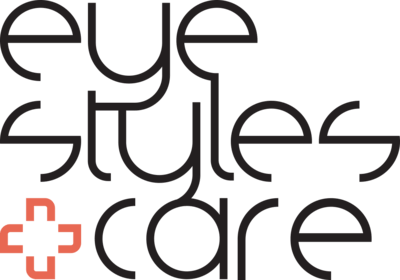We Diagnose and Treat this Vision Condition in Portland!
What is binocular vision?
Common in kids, a binocular vision disorder describes a condition where the eyes cannot align properly. As a result, your child may experience double vision or blurriness. Frequently, the eyes will overcompensate in order to correct this misalignment. This strains eye muscles and leads to an array of disturbing symptoms. Our eye doctor will inspect for healthy binocular vision during your kid’s eye exam, which we offer as a part of our expert eye care in Belmont, Oregon, and across Portland.
Typical Symptoms & Binocular Vision Dysfunction Treatment
Children are individuals, and their symptoms will vary. Be aware that kids do not always complain when they can’t see well. Only a comprehensive eye exam can diagnose or rule out a binocular vision disorder. Depending upon the degree of eye misalignment, your child may experience some of the following symptoms (whether they tell you about it or not!):
- Poor Eye Contact
- Double Vision
- Dizziness, Nausea and Headaches
- Unsteadiness while walking or playing sports
- Anxiety caused by too much stimuli in their environment
- Trouble concentrating while reading
- Poor reading comprehension
- Avoidance of workbook pages or puzzles
- Fatigue while reading
- Restless sleep
Note: Many typical ADD and ADHD behaviors can present similar to the symptoms of Binocular Vision Dysfunction
Convergence Insufficiency
A type of binocular vision problem, this disorder occurs when vision from both eyes doesn’t merge smoothly at close distances. It is caused by trouble with eye teaming, when the eyes cross or slide apart during reading and other near tasks.
A standard vision test will not always detect convergence insufficiency, and therefore many children remain undiagnosed. The brain learns to adapt and ignores the information from one eye in order to avoid double vision. However, this vision suppression results in the loss of depth perception – and therefore the loss of good coordination and distance judgement. Playing sports becomes a tedious challenge! Motion sickness is another common reaction.
Binocular Vision Dysfunction Doctor Near Me
Only a qualified eye doctor can reliably spot the signs of convergence insufficiency. Testing for this condition is an essential part of our pediatric eye care in Belmont. As it is treated most efficiently before age six, we recommend bringing your child for an eye exam before entering school.
Amblyopia
When the brain prefers one eye over the other, amblyopia (also known as lazy eye) is the result. This can be due to any condition that prevents one eye from focusing acutely, even with the best corrective eyewear. When one eye has weak vision, the brain ignores the input from that eye. Put simply, the eyes and brain are not working together well.
Amblyopia typically begins in infancy or toddler years. When our Belmont optometrist diagnoses it early enough, we will start treatment immediately to prevent reduced vision. Yet when this binocular vision disorder is left untreated, it can lead to extreme visual disability. There are three different types of amblyopia, and the type of treatment varies depending upon the form of amblyopia. We will perform detailed testing for an accurate diagnosis!
Strabismus
When your child’s eye muscles do not align properly and one eye appears to turn in, out, up or down, it is a sign of strabismus. Strabismus, when untreated, can lead to amblyopia. Since the eyes are not working together to create binocular vision, the brain receives two independent visual images. Often, the brain will ignore one image – causing underdeveloped vision, which may severely affect learning and reading skills. Alternatively, the brain may attempt to process both sets of information, causing double vision.
One type of strabismus, esotropia, refers to when one or both eyes turn inward towards the nose. This can occur constantly or intermittently and makes your child appear cross-eyed.
Exotropia is the other type of strabismus when one or both eyes turn outward.
Strabismus runs in families, so your genetic history plays a role. If you are aware of strabismus in your family history, it is even more critical to bring your child for an eye exam in our Belmont eye care clinic. When detected early, we can treat this vision condition efficiently to prevent future complications.
